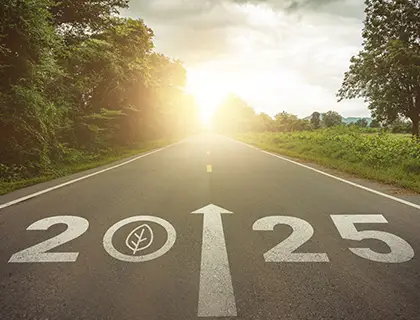
2025 sits at a crossroads of tech and sustainability, and our next moves will influence the world for generations to come. Increased AI adoption, broader mandatory disclosure requirements and the increasing presence of EVs will be key moments in the coming year.
5 Mins
7th January 2025
Article
Sustainability, Transportation, Smart cities
2025 marks a quarter way through this century and a crossroads for the future as we know it. Sitting at the nexus of technology and sustainability, 2025 will be a defining moment in building a sustainable, equitable world for generations to come.
For technology leaders influencing those outcomes, looking at technology in its broader context and its potential to impact the planet is critical. Building momentum in existing, positive innovations and using tech to solve humanity's biggest challenges will shape a year of hope and change.
Embracing AI, broadening investments in innovation and adapting to climate uncertainty will be headline tasks for enterprise companies in 2025. Mandatory reporting will reach more sectors and influence the momentum of these tasks. Finally, a proliferation in the manufacturing and use of EVs will impact the broader manufacturing and logistics sectors.
It's no secret that AI is energy and resource-hungry. It is predicted that, without intervention, AI infrastructure will consume six times more water than the entire population of Denmark.3 To address this, the Singtel Group measures water usage effectiveness in proprietary data centres through 44 water metres in 11 locations that monitor water usage and identify potential leaks. In the future, alongside IoT technologies, AI will be able to identify these leaks before they occur and proactively repair or halt supply to preserve this precious resource.
AI is also being used to conserve energy, which reduces the impact of the energy it needs to operate. At Singtel’s mobile base stations, the Cell Sleep Mode function enables cell transmitters to be switched off during low-traffic conditions. Parameters are learned by analysing customers' usage and mobility patterns. These patterns make an annual average energy saving of 5%.
The broader adoption of AI will enable both human and machine intelligence to identify solutions to climate challenges. Singtel’s RE:AI is making that a reality. The new AI Cloud Service gives affordable access to AI technologies and aims to democratise access to innovation. With more diverse perspectives on deploying AI, there will be more pathways to climate solutions. This is proving essential as the nature of the challenge requires all hands on deck.
Mandatory reporting is estimated to cover 40% of the global economy when all planned disclosures are in place.1 2025 will see an increasing number of companies subject to these requirements as well as a growth in commitments to voluntary reporting.
The risk of compliance failure and reputational damage will put significant pressure on the teams gathering the data for these reports. So, companies must be confident that data shows an accurate, real-time view of GHG emissions, ecosystem protection and circular economy practices.
Energy efficiency will also be thrown into the spotlight, particularly for tech-enabled companies, as ICT assets now represent 4% of total electricity consumption.2
The use of solutions to solve multiple layers of these challenges will rise alongside broadening mandatory disclosures. Energy-efficient networks such as Singtel 5G and resource management tools such as Empower Portal will be used to channel data traffic through greener infrastructures, in turn making a material impact on scope 2 and 3 emissions to achieve compliance faster than traditional methods.
Finally, 2025 will see the end of fossil fuel vehicle sales and the rise of EVs in early-adopting countries such as Norway, South Korea, Germany and Singapore.
China has already achieved its target of 20% EV adoption and looks set to reach 50% adoption many years before the initial prediction.4 This is partly due to the sector's partnership with technology companies to advance manufacturing practices and partly to consumer hunger for a more sustainable product.
These partnerships have resulted in technologies that have enabled EVs to become mainstream, such as autonomous driving, custom vehicle operating systems and AR in manufacturing. Beyond 2025, technologies supporting this shift will also proliferate with IoT, AI and data analytics platforms enabling more connected vehicles.
The growth in ‘double materiality’ shows an increasing awareness of the impact that corporations have on the planet and communities. What’s more, companies leading with positive corporate impact are seeing better brand perception and increasing investments which result in reduced capital costs and an improvement in the company’s valuation.5
Adopting AI for positive corporate impact, extending data collection beyond mandatory reporting and building partnerships with technology companies will see an acceleration of positive corporate impact in 2025.
Are you ready for tech-driven sustainability?
References:

How to capture trustworthy data for ESG analysis
When it comes to data gathering for ESG, no stone should be left unturned. Operations, hiring practices, and vendor relationships are just a few of the diverse metrics that must be captured, centralised, and analysed. Let’s explore how data plays a pivotal role in ESG reporting and sustainability objectives.
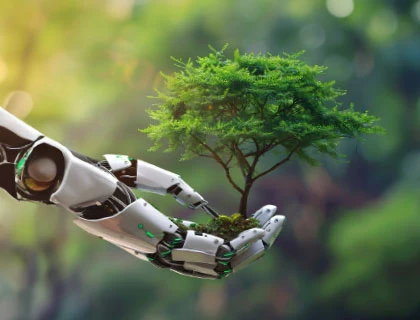
AI’s green future: Balancing innovation and the environment
AI is paving the way for a sustainable future by improving efficiency and reducing waste. However, its growing adoption has a detrimental environmental impact, increasing not only energy consumption but also resource strain during development and disposal. As AI becomes integral to business operations, balancing innovation with environmental responsibility is vital. Read our eBook to explore how enterprises can navigate AI's green future responsibly.
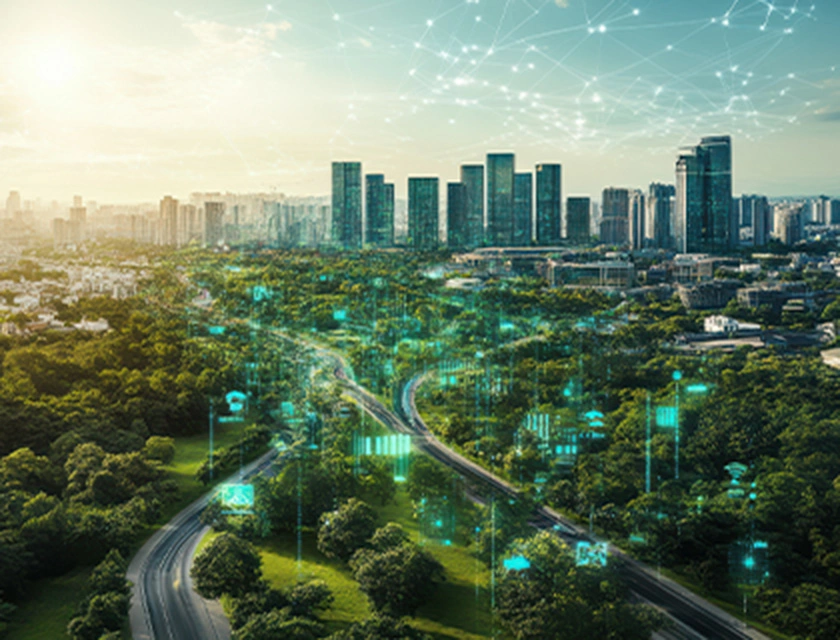
5G, Sustainability, Connectivity
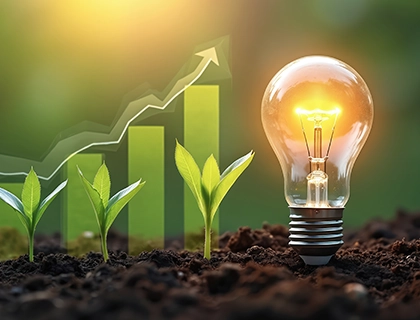
Sustainability, Manufacturing and logistics, Smart cities
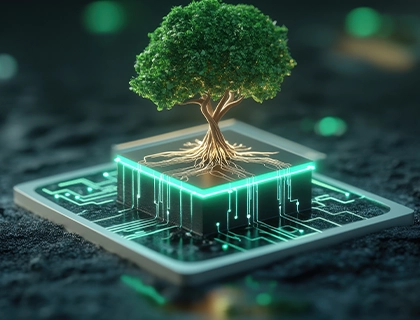
Sustainability
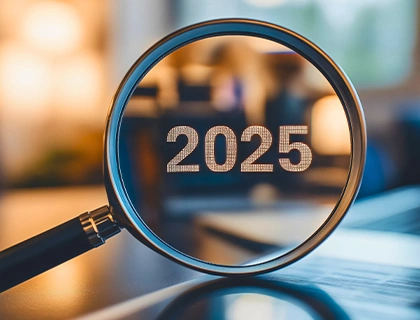
Sustainability
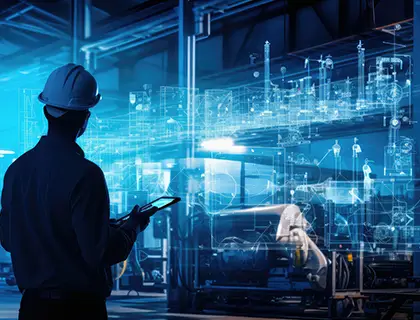
Sustainability, 5G, Manufacturing and logistics
Get the latest digest on business and technology trends straight to your inbox.